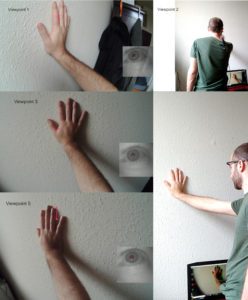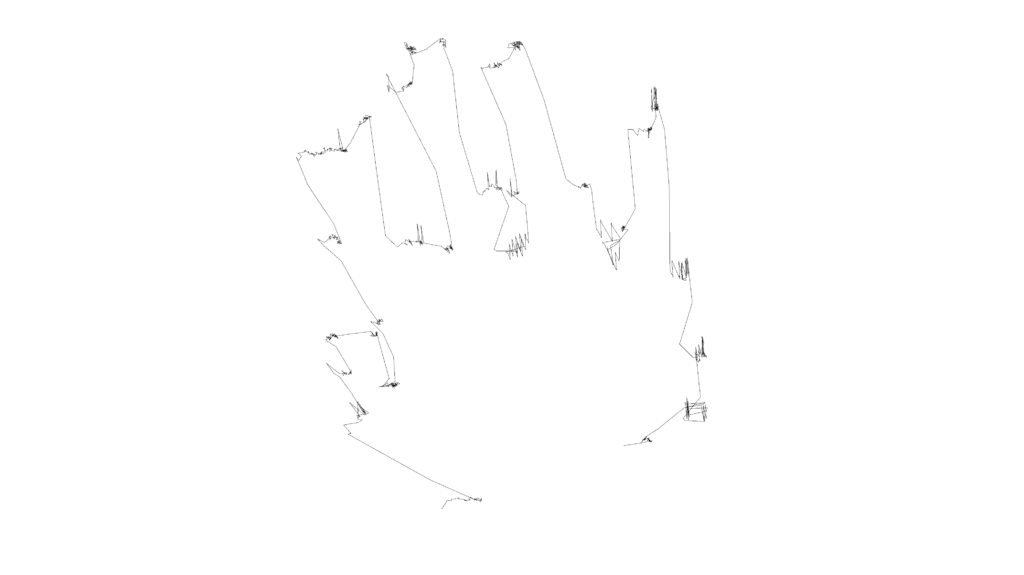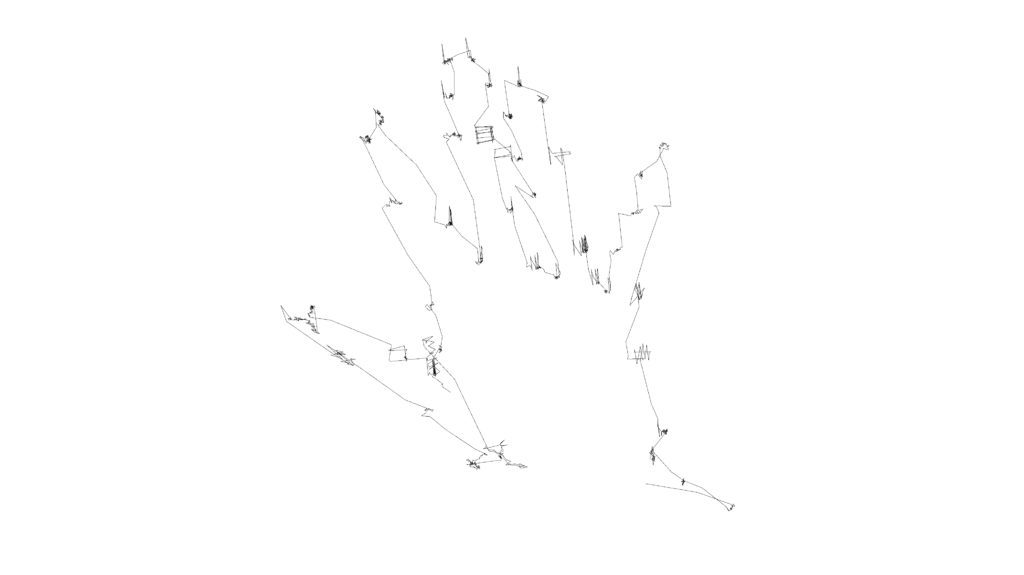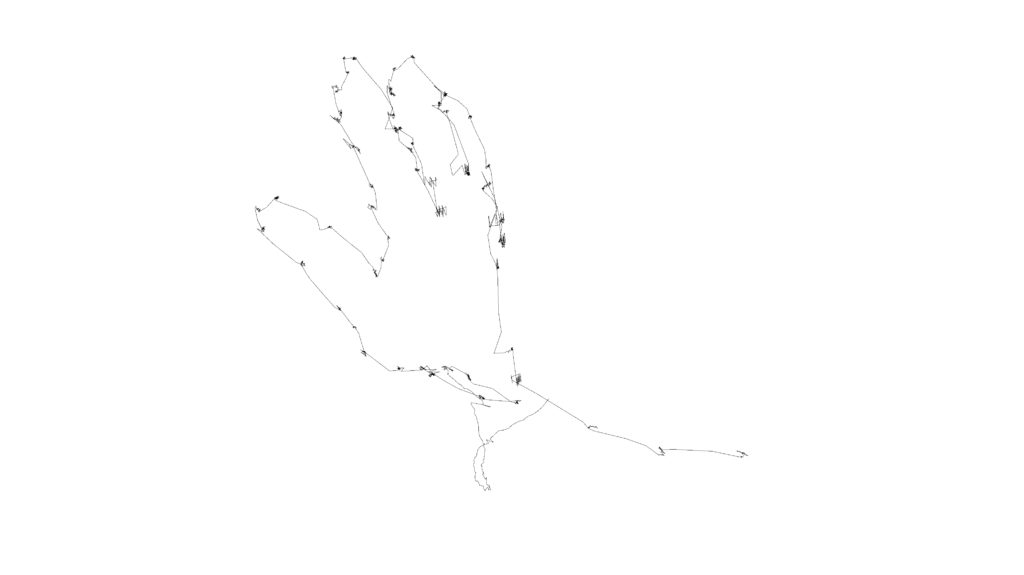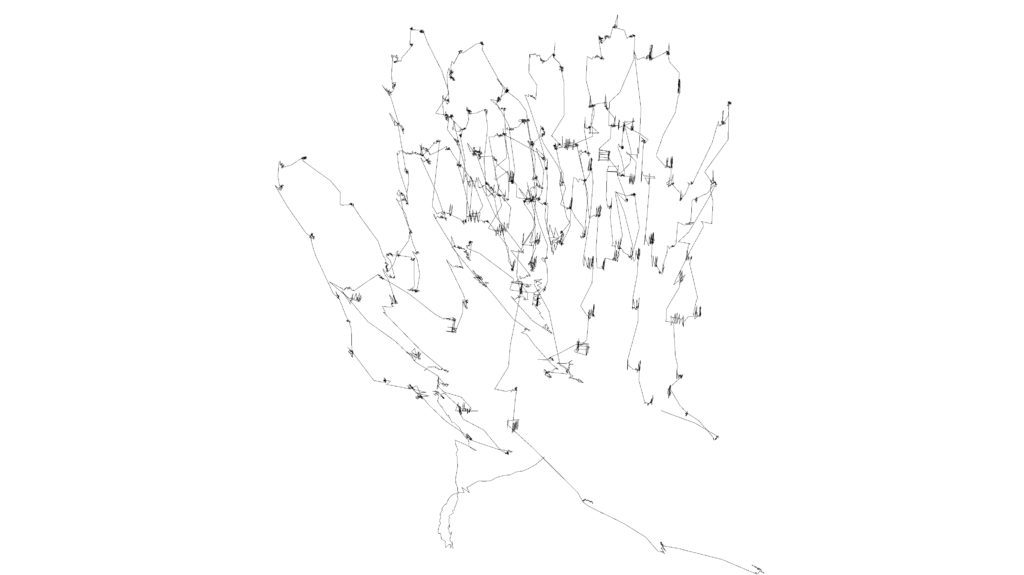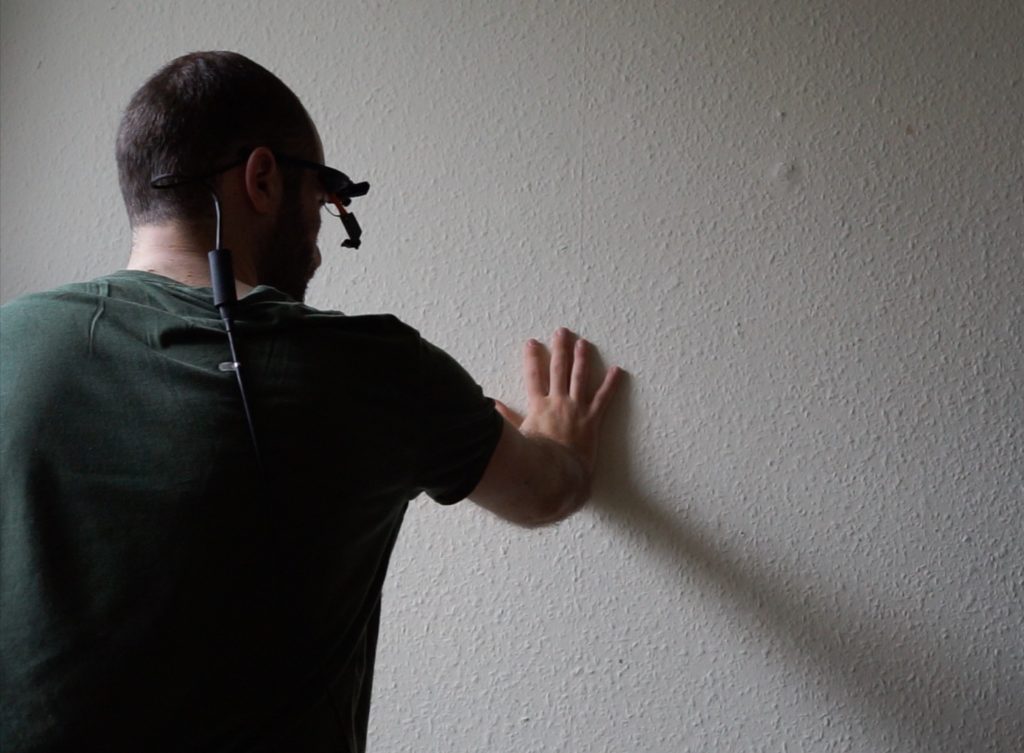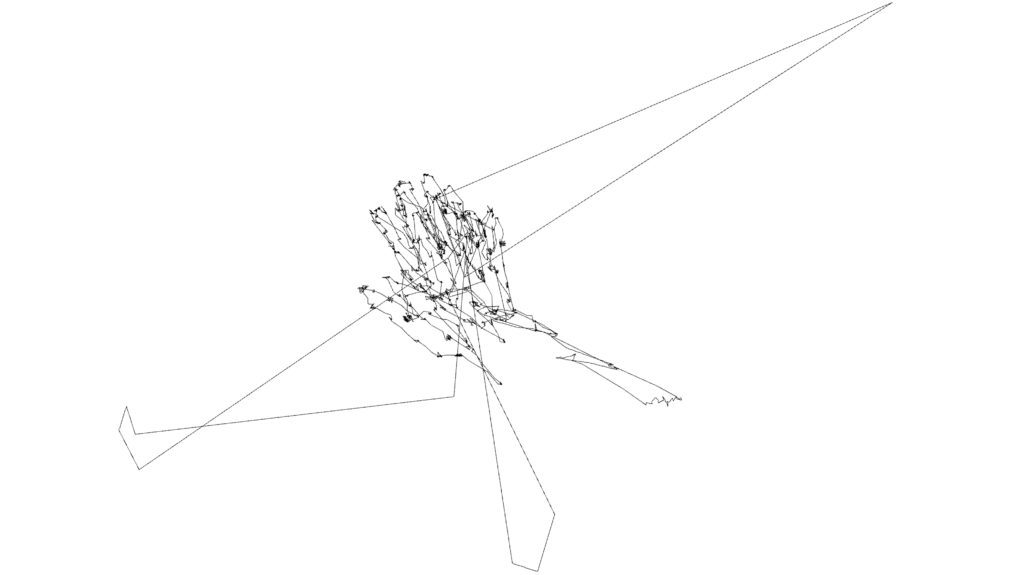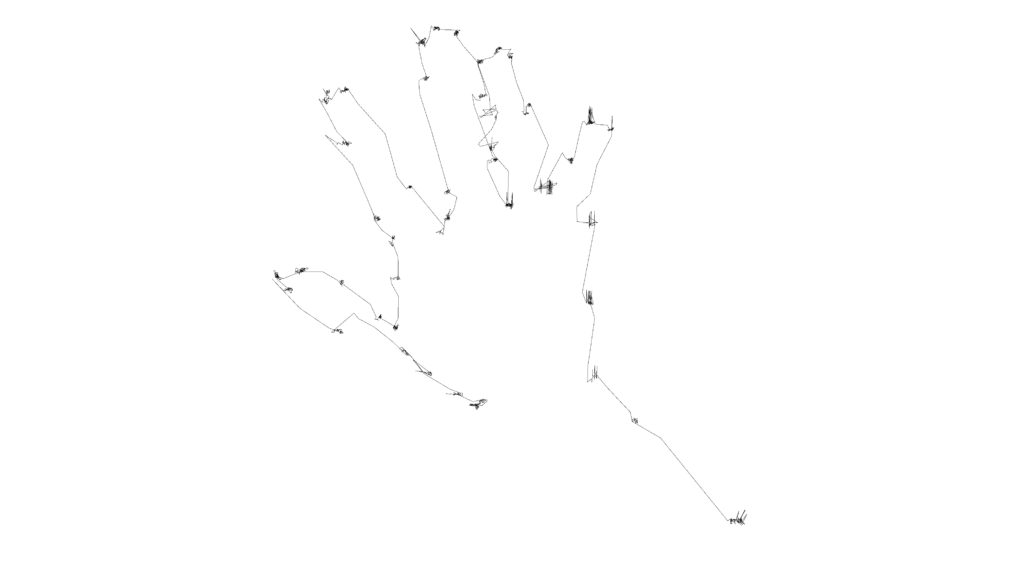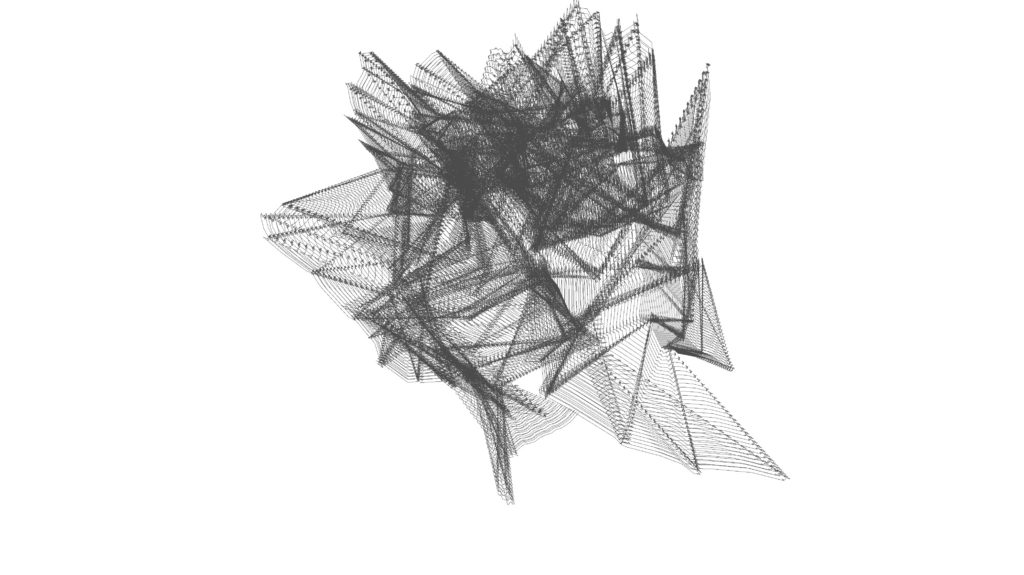
Figure 35: Generative development between the eye-drawings in Figure 34
The eye drawing session in Figure 32 was designed in anticipation of a possible generative development. An eye-drawing can be both exported as such, as a rendered 2-dimensional image, or further developed using computer-aid tools. Technically speaking, the eye-drawing becomes a geometrical polyline sitting in a 3-dimensional space where the perspective viewport is flexible and interchangeable. The view of the eyedrawing/polyline curve can be positioned as needed. One might therefore argue that the eye-drawing acquires sculptural value within 3-dimensional virtual platforms and this is the stage where I feel that my position of an editor is enhanced. The practice within Figure 32 was designed in view of the latter considerations, with the knowledge that the eye-drawing results from different viewpoints can be plotted within the virtual space, with the possibility of further computer-aided development.
